10 women from famous paintings whose fates we didn’t know about
Categories: Culture
By Pictolic https://pictolic.com/article/10-women-from-famous-paintings-whose-fates-we-didnt-know-about.htmlFirst of all, we know two things about the painting: its author and, possibly, the history of the canvas. But we don’t know much about the fates of those who look at us from the canvases.
Today we decided to talk about women whose faces are familiar to us, but their stories are not.
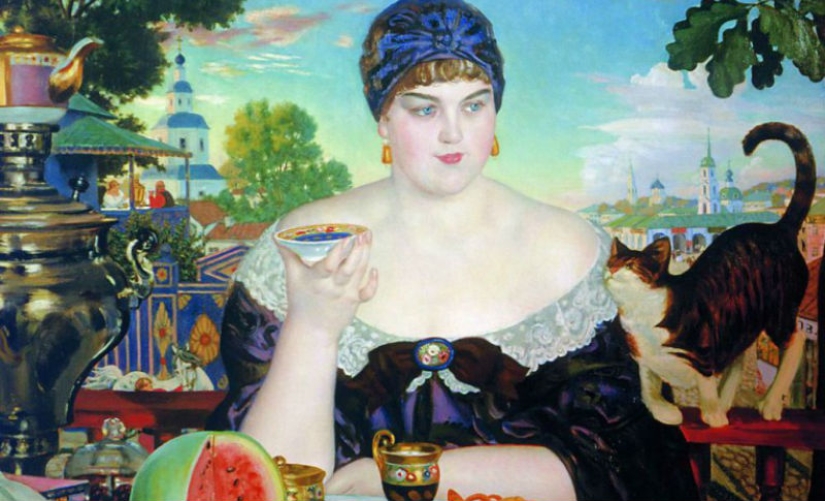
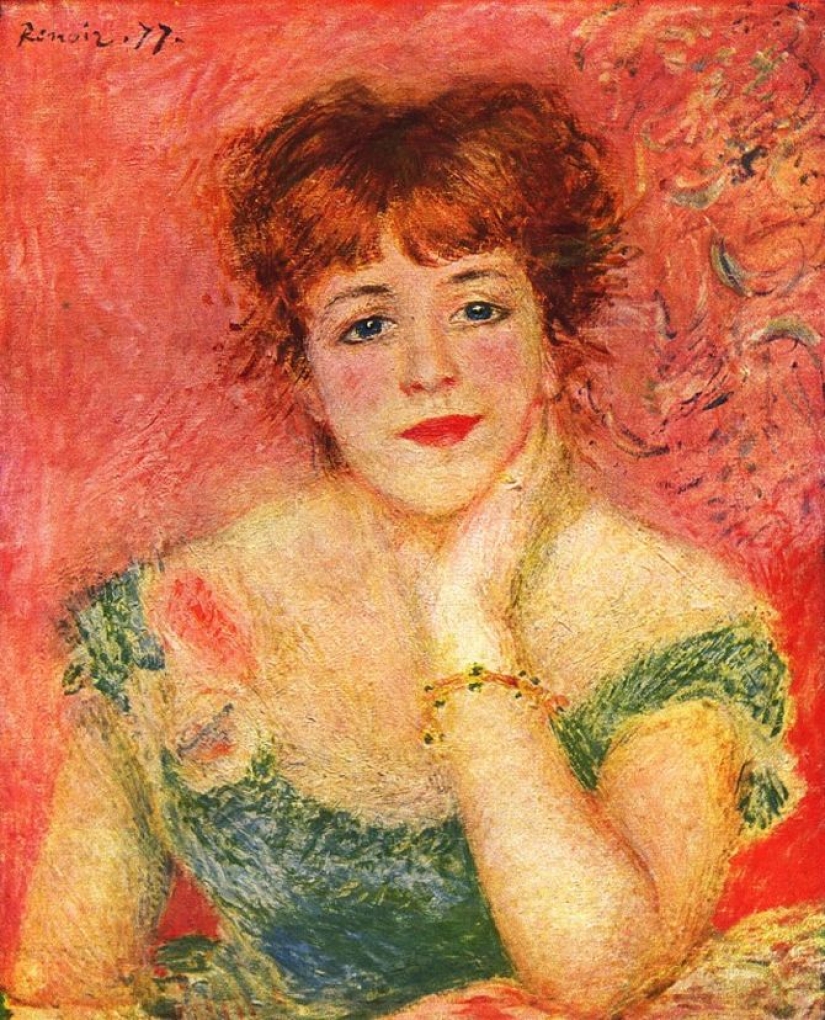
Actress Jeanne Samary, although she could not become a stage star (she played mainly maids), was lucky in something else: for some time she lived not far from the studio of Renoir, who painted four portraits of her in 1877–1878, thereby making her famous much more than her acting career could do. Zhanna played in plays from the age of 18, at 25 she got married and gave birth to three children, then even wrote a children's book. But this charming lady, unfortunately, did not live long: at the age of 33 she fell ill with typhoid fever and died.
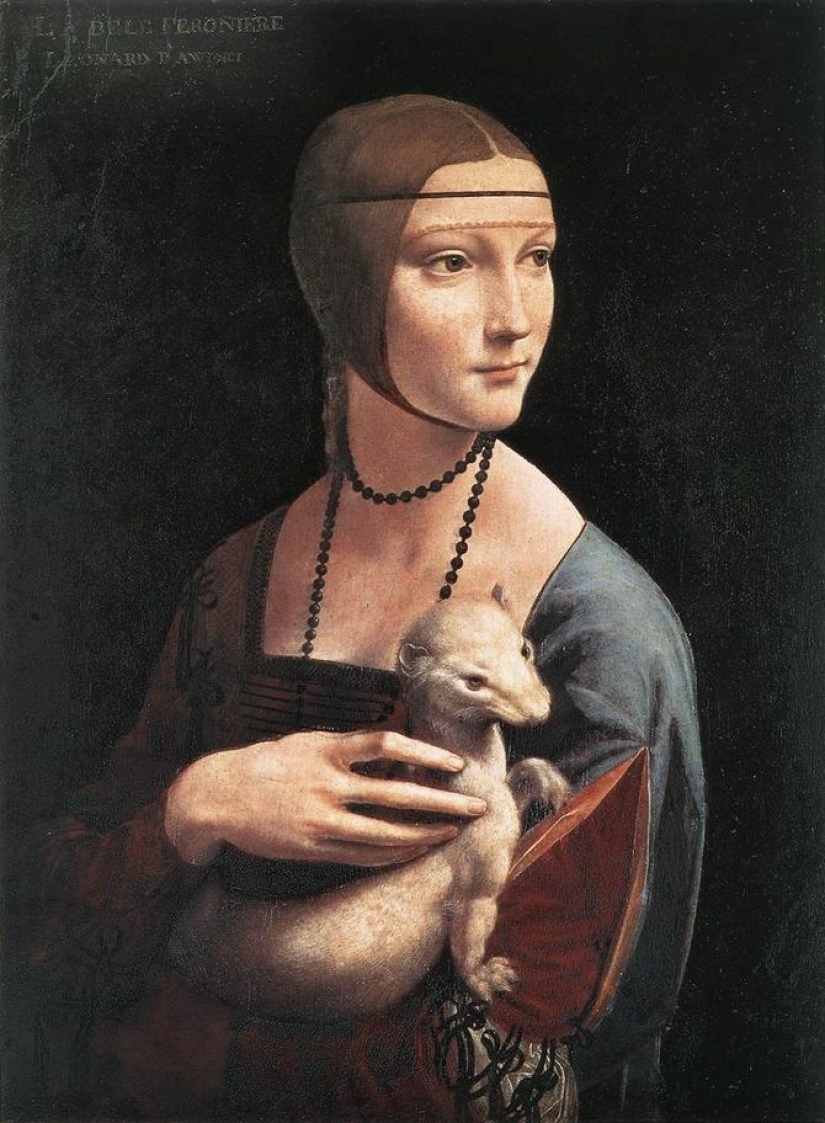
Cecilia Gallerani was a girl from a noble Italian family, who at the age of 10 (!) was already engaged. However, when the girl was 14, the engagement was broken for unknown reasons, and Cecilia was sent to a monastery, where she met (or it was all set up) with the Duke of Milan, Ludovico Sforza. An affair began, Cecilia became pregnant, and the Duke settled the girl in his castle, but then the time came to enter into a dynastic marriage with another woman, who, of course, did not like the presence of her mistress in their house. Then, after Gallerani gave birth, the duke took his son for himself, and married her to the impoverished count.
In this marriage, Cecilia gave birth to four children, ran almost the very first literary salon in Europe, visited the Duke and enjoyed playing with his child from his new mistress. After a while, Cecilia’s husband died, war came, she lost her well-being and found shelter in the house of the sister of that same Duke’s wife—it was in such wonderful relationships that she managed to be with people. After the war, Gallerani returned her estate, where she lived until her death at the age of 63.

The richest Russian heiress, the last of the Yusupov family, Princess Zinaida was incredibly beautiful, and, despite the fact that her favor was sought, among others, by august persons, she wanted to marry for love. She fulfilled her desire: the marriage was happy and brought two sons. Yusupova spent a lot of time and effort on charitable activities, and after the revolution she continued it in exile. Her beloved eldest son died in a duel when the princess was 47 years old, and she could hardly bear this loss. With the outbreak of unrest, the Yusupovs left St. Petersburg and settled in Rome, and after the death of her husband, the princess moved to her son in Paris, where she spent the rest of her days.
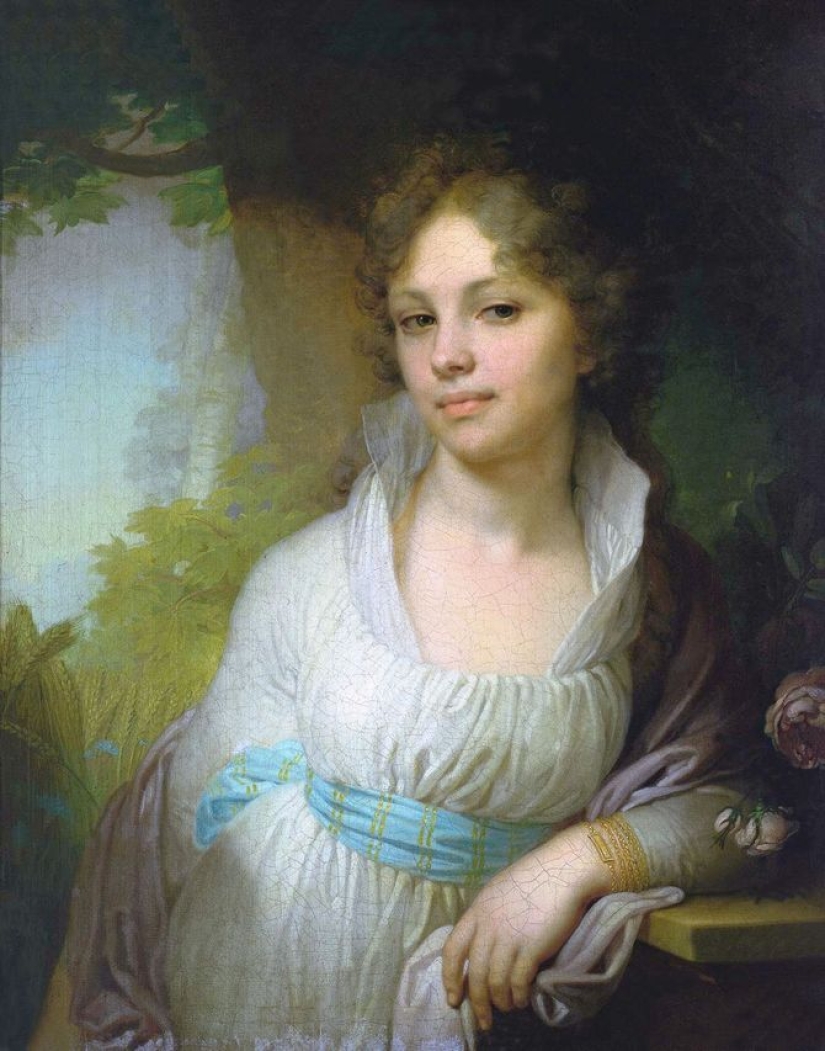
Borovikovsky painted many portraits of Russian noblewomen, but this one is the most charming. Maria Lopukhina, a representative of the Tolstoy count family, is depicted here at the tender age of 18 years. The portrait was commissioned by her husband Stepan Avraamovich Lopukhin shortly after the wedding. Ease and a slightly arrogant look seem either to be a common pose for such a portrait of the era of sentimentalism, or signs of a melancholic and poetic disposition. The fate of this mysterious girl turned out to be sad: just 6 years after painting, Maria died of consumption.
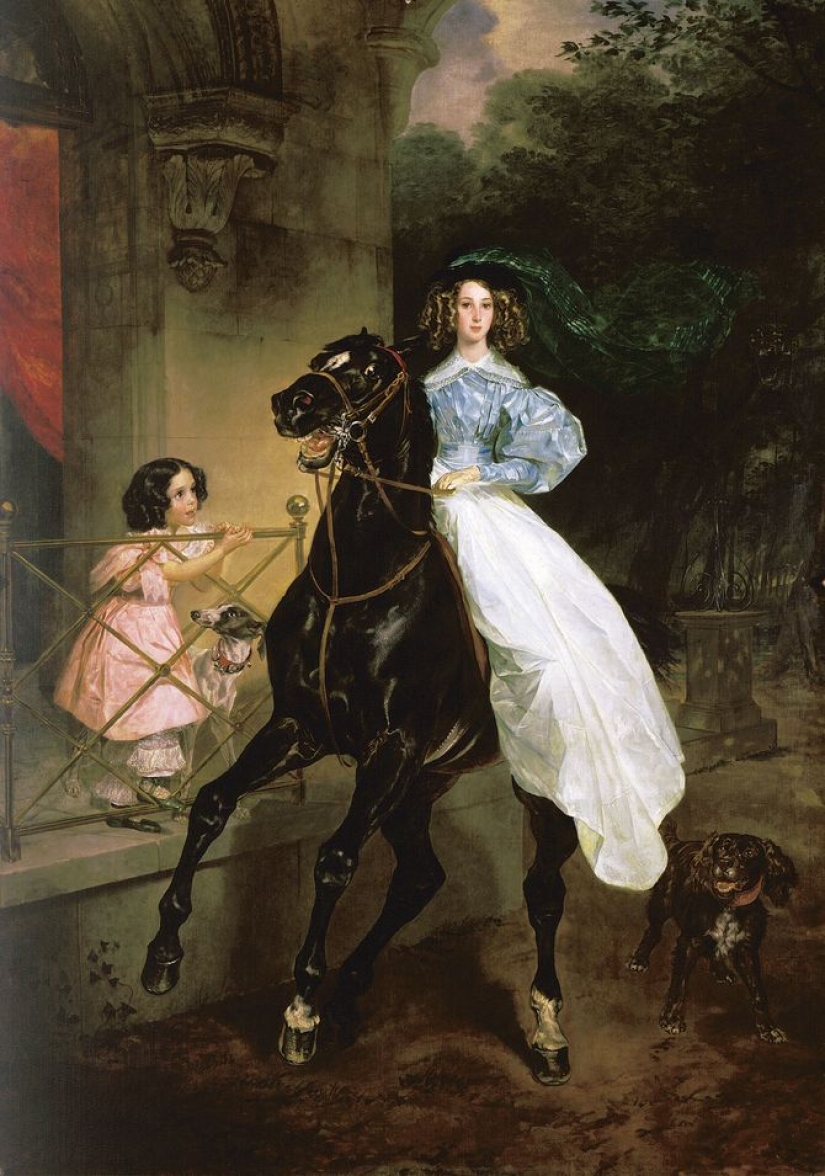
Bryullov’s “Horsewoman” is a brilliant ceremonial portrait in which everything is luxurious: the brightness of the colors, the splendor of the draperies, and the beauty of the models. It depicts two girls who bore the surname Pacini: the eldest Giovanina is sitting on a horse, the younger Amatzilia is looking at her from the porch. The painting was commissioned from Karl Bryullov, her long-time lover, by their adoptive mother, Countess Yulia Pavlovna Samoilova, one of the most beautiful women in Russia and heiress to a colossal fortune. The Countess guaranteed a large dowry for her grown-up daughters. But it turned out that in her old age she was practically bankrupt, and then the adopted daughters Giovanina and Amatsilia, through the court, recovered the promised money and property from the countess.
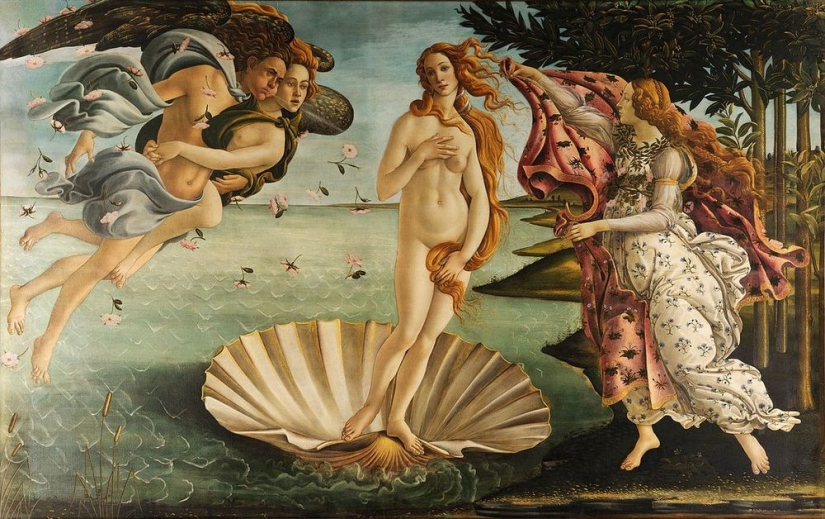
The famous painting by Botticelli depicts Simonetta Vespucci, the first beauty of the Florentine Renaissance. Simonetta was born into a wealthy family, at the age of 16 she married Marco Vespucci (a relative of Amerigo Vespucci, who “discovered” America and gave the continent his name). After the wedding, the newlyweds settled in Florence and were received at the court of Lorenzo de Medici, which in those years was famous for its magnificent feasts and receptions.
Beautiful, at the same time very modest and friendly, Simonetta quickly fell in love with Florentine men. The ruler of Florence, Lorenzo, himself tried to court her, but his brother Giuliano sought her most actively. Simonetta's beauty inspired many artists of the time, among whom was Sandro Botticelli. It is believed that from the moment they met, Simonetta was the model for all Madonnas and Venuses painted by Botticelli. At the age of 23, Simonetta died of consumption, despite the efforts of the best court doctors. After this, the artist depicted his muse only from memory, and in his old age he bequeathed to be buried next to her, which was done.
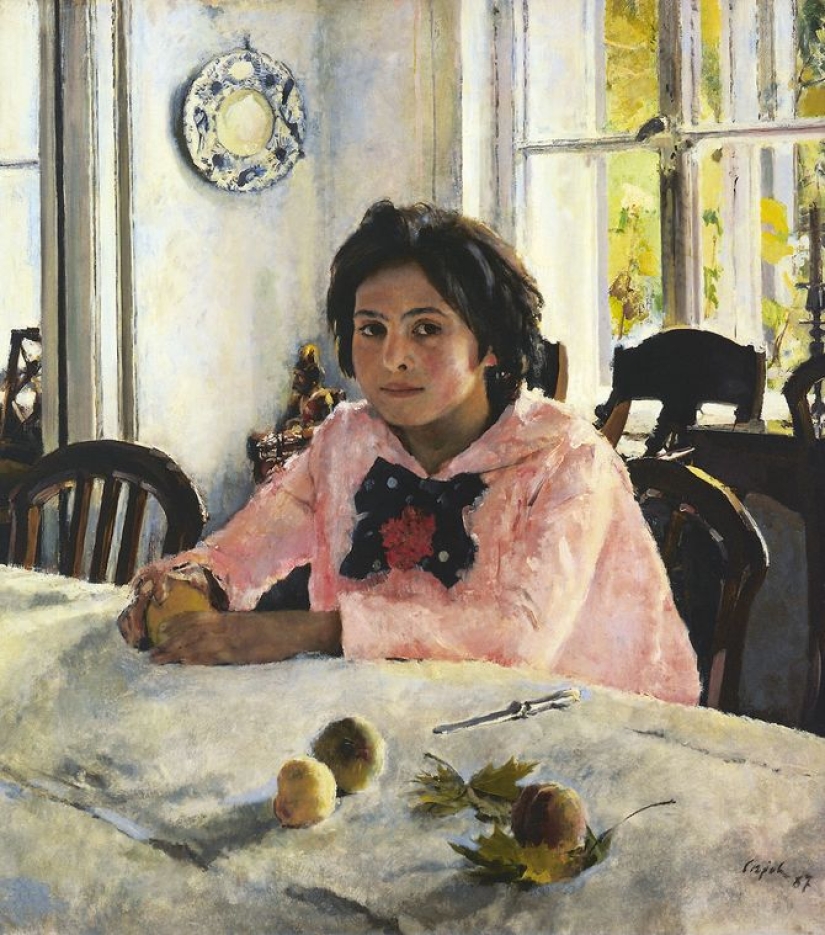
The most famous painting by portrait master Valentin Serov was painted in the estate of the wealthy industrialist Savva Ivanovich Mamontov. Every day for two months his daughter, 12-year-old Vera, posed for the artist. The girl grew up and turned into a charming girl, married out of mutual love to Alexander Samarin, who belonged to a famous noble family. After a honeymoon trip to Italy, the family settled in the city of Bogorodsk, where three children were born one after another. But unexpectedly in December 1907, just 5 years after the wedding, Vera Savvishna died of pneumonia. She was only 32 years old, and her husband never remarried.
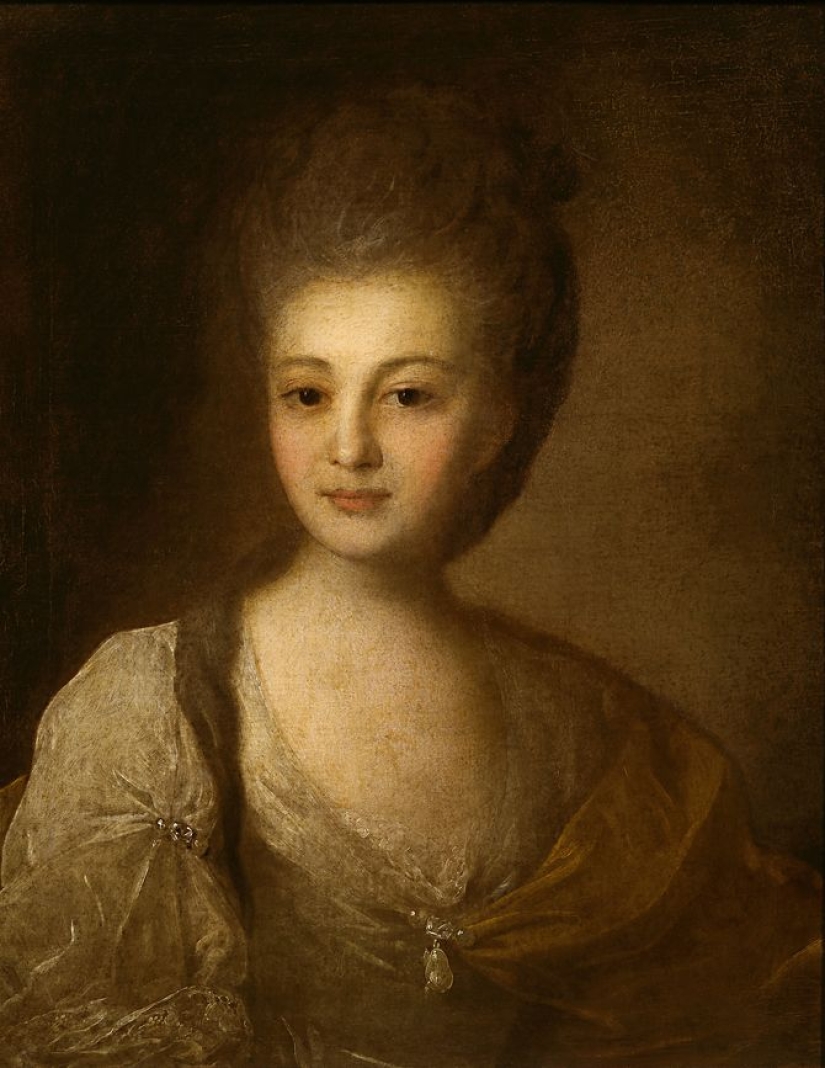
This portrait by Rokotov is like an airy half-hint. Alexandra Struyskaya was 18 when she was married to a very rich widower. There is a legend that for her wedding her husband gave her nothing less than a new church. And all my life I wrote poetry to her. It is not known for certain whether this marriage was happy, but everyone who visited their house paid attention to how different the spouses were from each other. Over 24 years of marriage, Alexandra bore her husband 18 children, 10 of whom died in infancy. After her husband's death, she lived for another 40 years, firmly managed the estate and left her children a decent fortune.
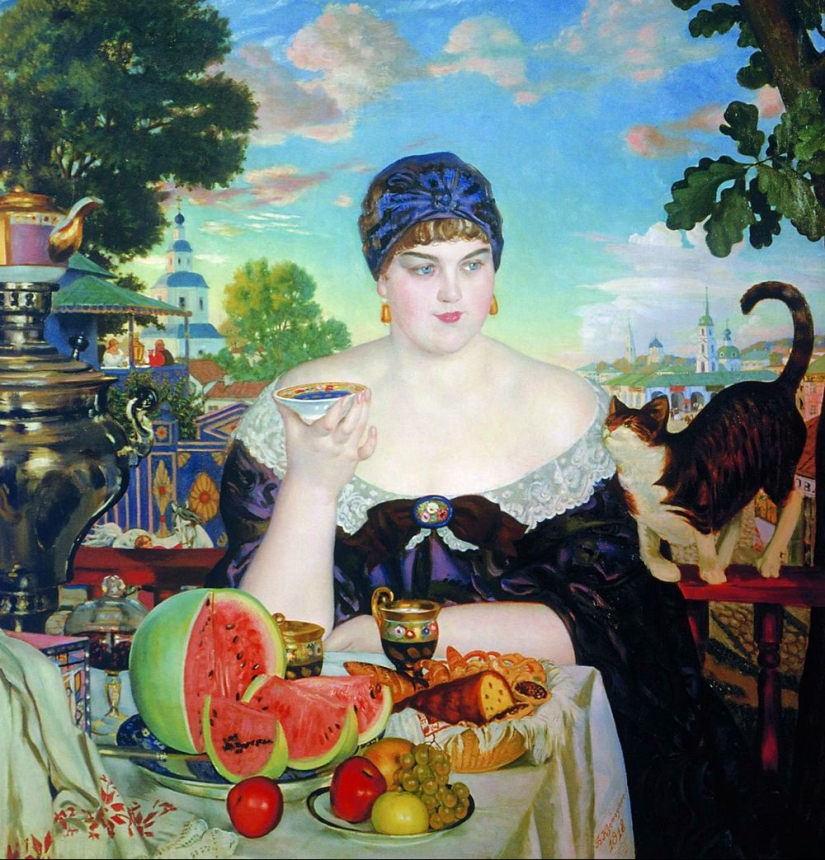
Kustodiev’s “Merchant’s Wife at Tea” is a real illustration of that bright and well-fed Russia, where there are fairs, carousels and the “crunch of French bread.” The picture was painted in the post-revolutionary famine year of 1918, when one could only dream of such abundance.
Galina Vladimirovna Aderkas, a natural baroness from a family that traces its history back to one Livonian knight of the 18th century, posed for the merchant’s wife in this portrait-picture. In Astrakhan, Galya Aderkas was the Kustodievs' housemate, from the sixth floor; The artist’s wife brought the girl to the studio after noticing the colorful model. During this period, Aderkas was very young - a first-year medical student - and in the sketches her figure looks much thinner. After graduating from university and working as a surgeon for some time, she gave up her profession and during the Soviet years sang in a Russian choir, participated in dubbing films, got married and began performing in the circus.
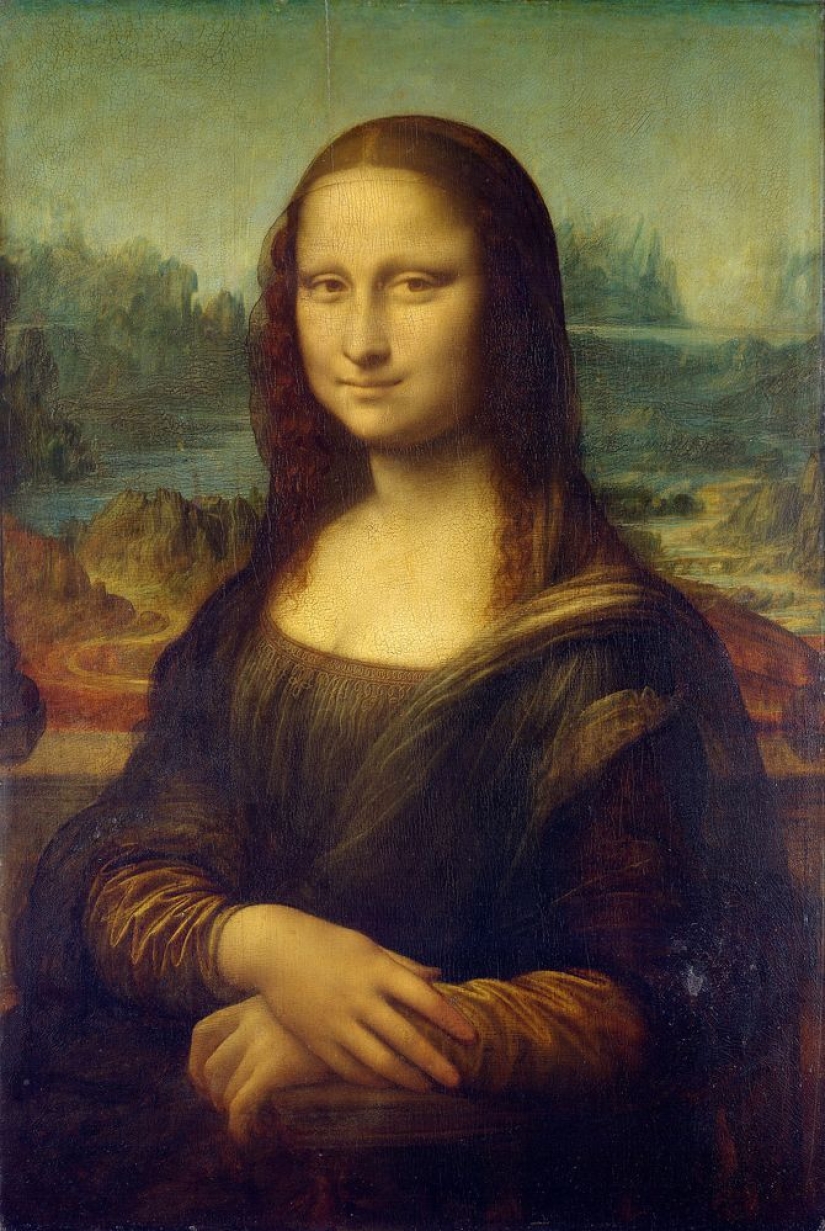
Perhaps one of the most famous and mysterious portraits of all times is the famous Mona Lisa by the great Leonardo. Among the many versions about who owns the legendary smile, the following was officially confirmed in 2005: the canvas depicts Lisa del Giocondo, the wife of the Florentine silk merchant Francesco del Giocondo. The portrait may have been commissioned from the artist to commemorate the birth of a son and the purchase of a house.
Together with her husband, Lisa raised five children, and, most likely, her marriage was based on love. When her husband died of the plague and Lisa was also struck by this serious illness, one of the daughters was not afraid to take her mother to her place and left her. Mona Lisa recovered and lived for some time with her daughters, dying at the age of 63.
Recent articles

Most of us think that the color of the eggshell does not play any role and it is possible not to pay attention. But it's not and ...

The more we rely on technology, the more potential power hackers gain over us. It doesn't matter if their goal is to help or cause ...

Creating a good portrait is one of the most difficult tasks for any photographer. In order to make a really natural and memorable ...